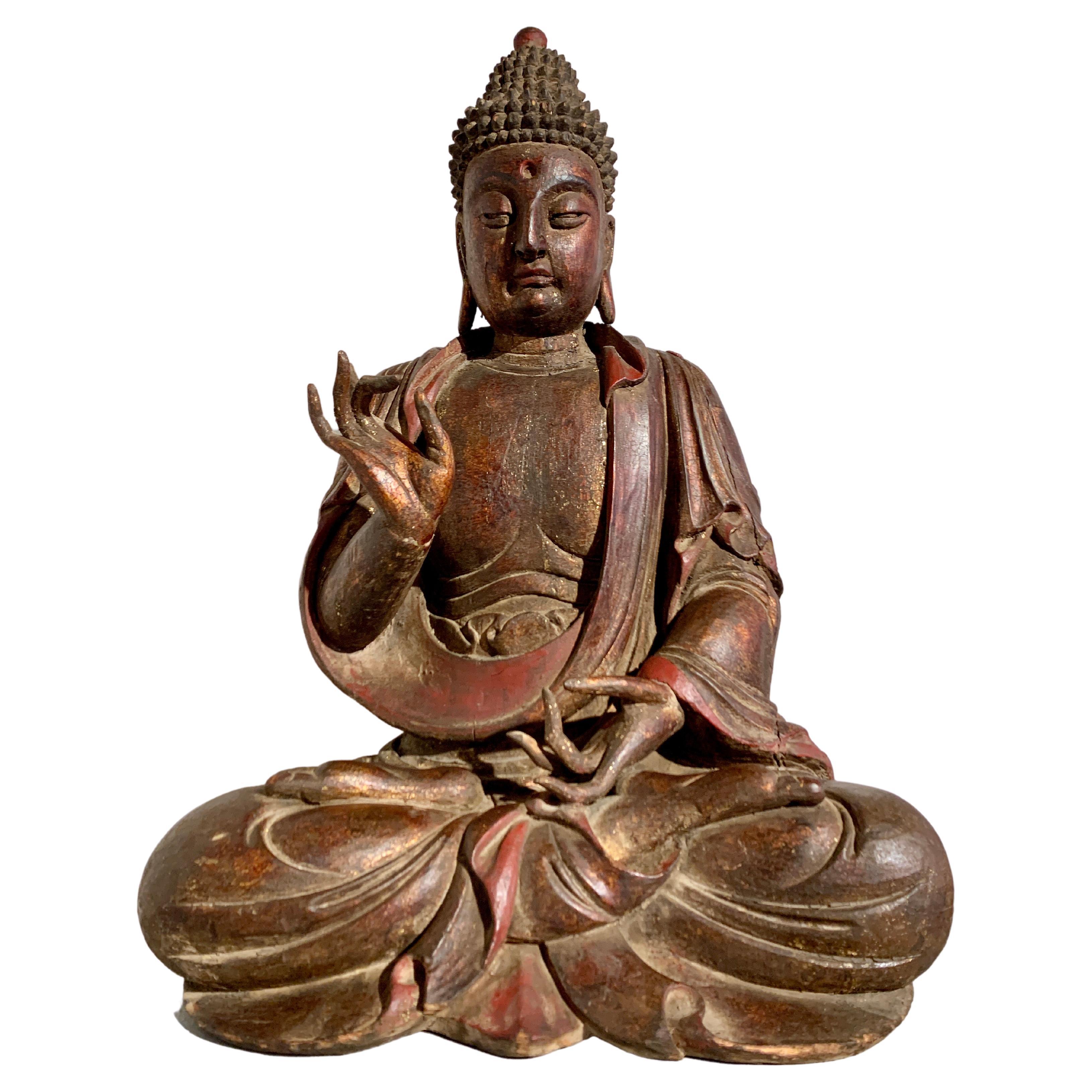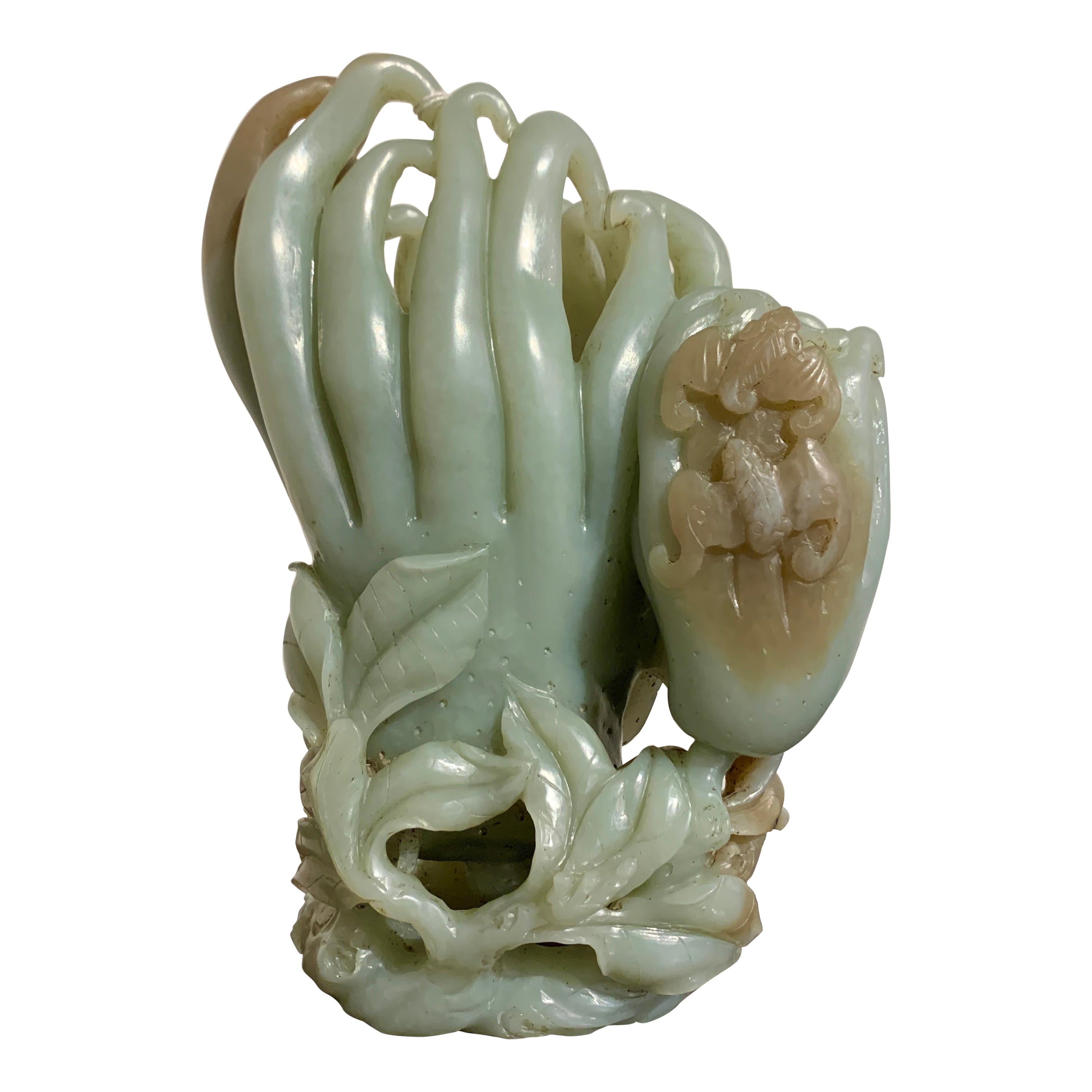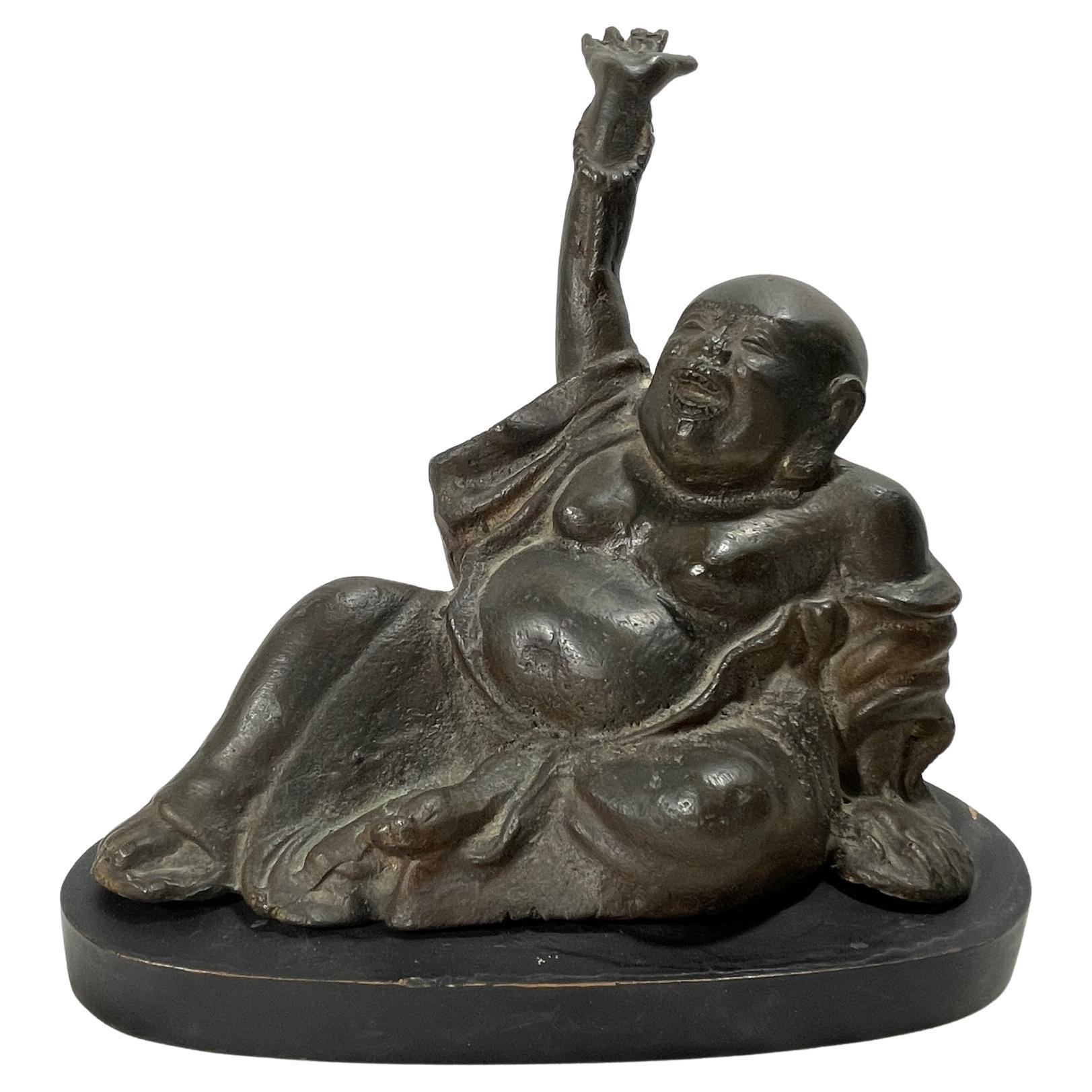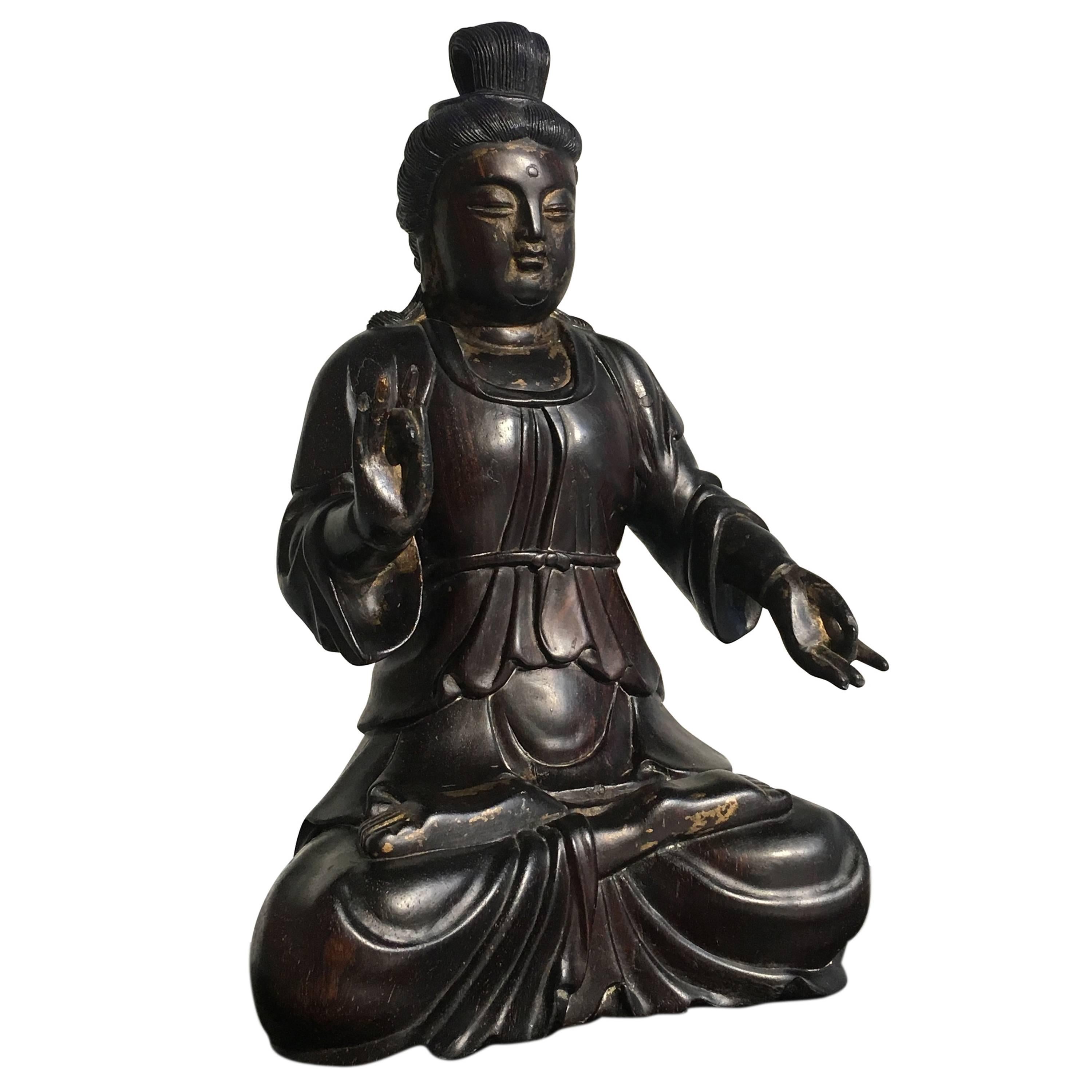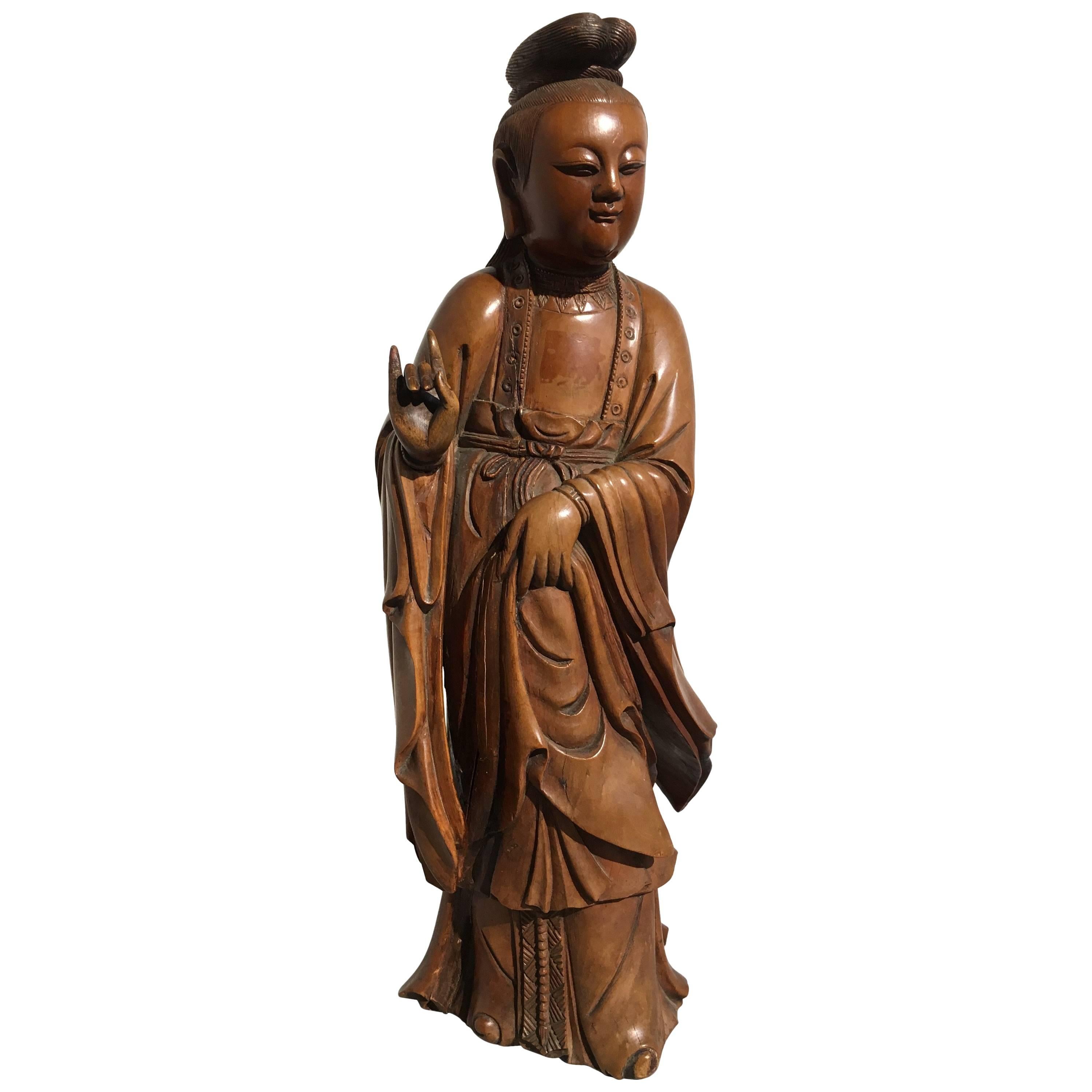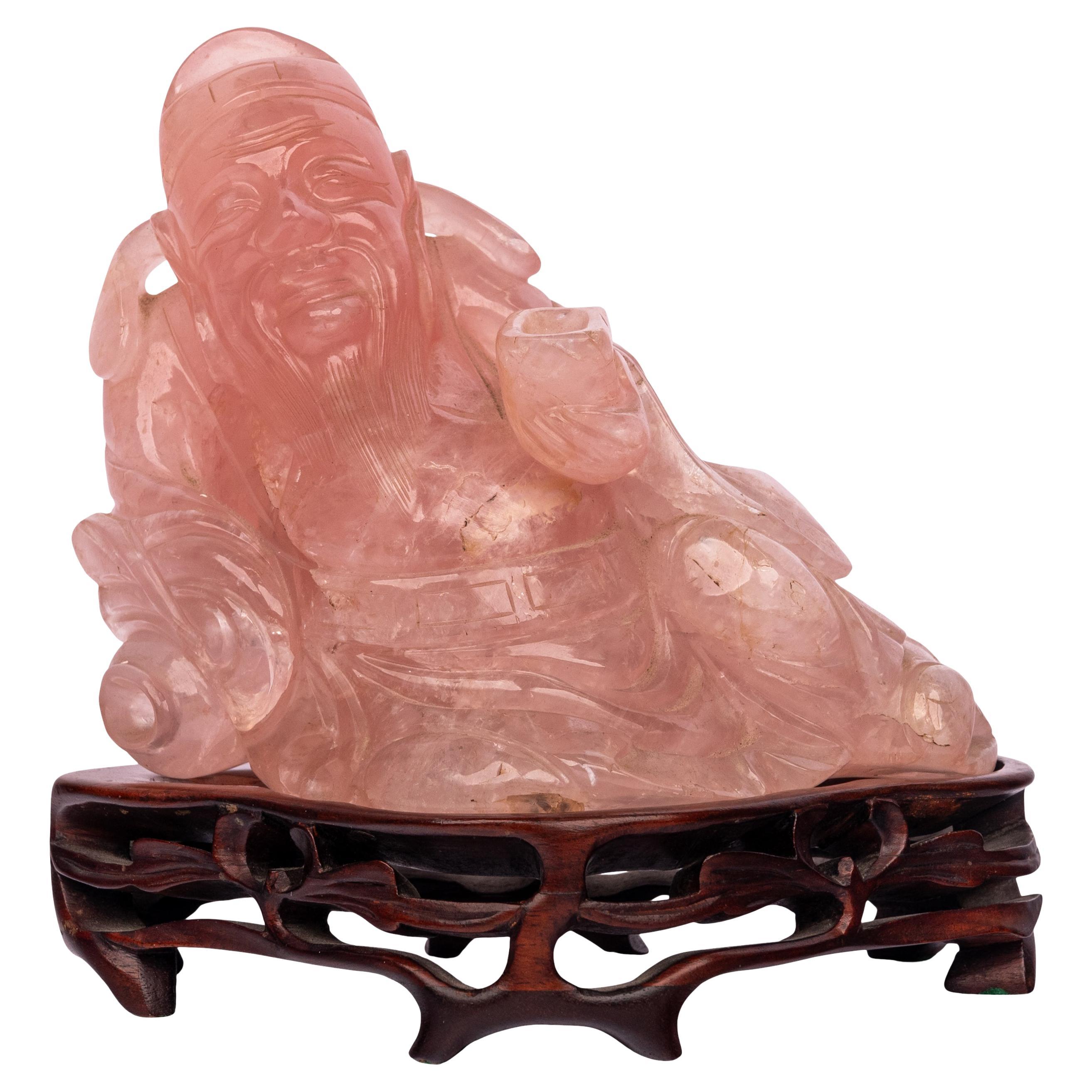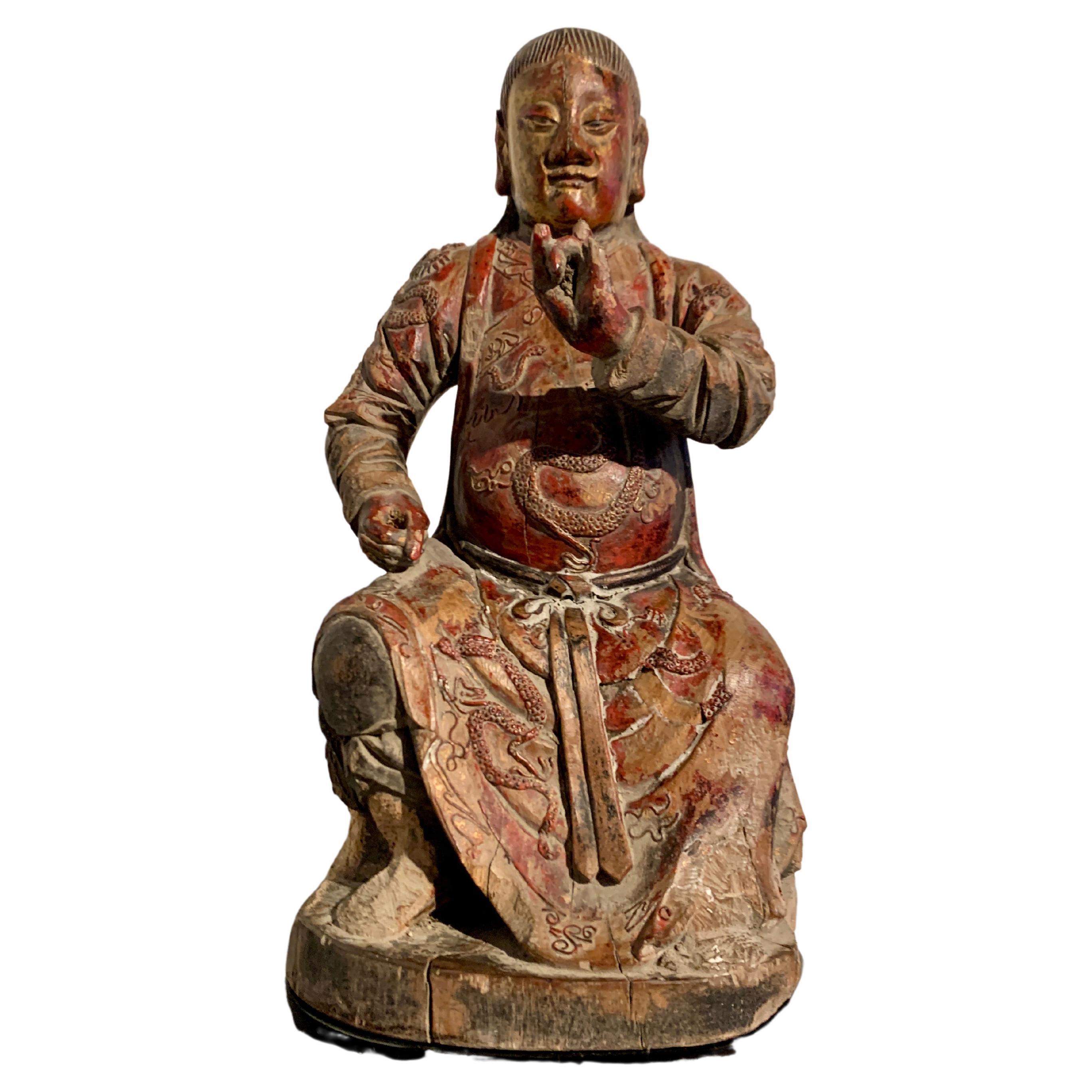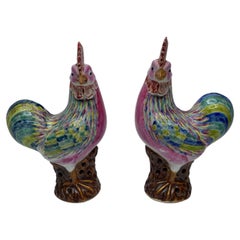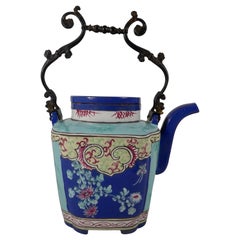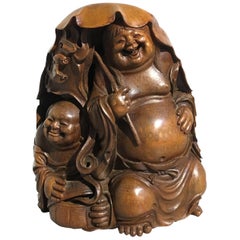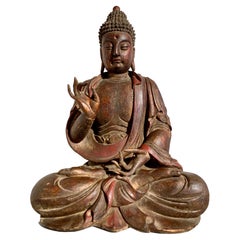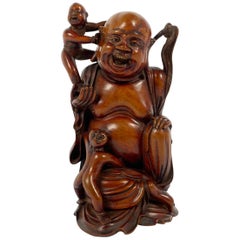
Fine Chinese Carved Buddha & Hehe Erxian Twins Group, Qing Dynasty
View Similar Items
Want more images or videos?
Request additional images or videos from the seller
1 of 13
Fine Chinese Carved Buddha & Hehe Erxian Twins Group, Qing Dynasty
About the Item
- Similar to:Style House China 1 (Manufacturer)
- Dimensions:Height: 3.35 in (8.5 cm)Width: 2.96 in (7.5 cm)Depth: 5.71 in (14.5 cm)
- Style:Qing (Of the Period)
- Materials and Techniques:
- Place of Origin:
- Period:
- Date of Manufacture:circa 1850
- Condition:Wear consistent with age and use.
- Seller Location:Gargrave, GB
- Reference Number:1stDibs: LU4397121216522
About the Seller
5.0
Vetted Seller
These experienced sellers undergo a comprehensive evaluation by our team of in-house experts.
Established in 1982
1stDibs seller since 2019
44 sales on 1stDibs
Typical response time: 1 hour
More From This SellerView All
- Chinese porcelain cockerels, c. 1890. Qing Dynasty.Located in Gargrave, North YorkshirePair of Chinese porcelain cockerels, c. 1890, Qing Dynasty. Both cockerels modelled standing on rocky bases, and their boldly decorated feathers in famille rose enamels. Their combs ...Category
Antique 1890s Chinese Qing Ceramics
MaterialsPorcelain
- Chinese Yixing Enameled Teapot and Cover, 19th Century, Qing DynastyLocated in Gargrave, North YorkshireChinese Yixing stoneware teapot, mid-19th century. The large teapot enameled to either side, with panels of flowering plants, between turquoise panels painted with bamboo shoots. Hav...Category
Antique Mid-19th Century Chinese Qing Ceramics
MaterialsStoneware
- Chinese bronze Monkey, 17th Century, Ming Dynasty.Located in Gargrave, North YorkshireChinese bronze figure of a Monkey, 17th Century, Ming Dynasty. The amusing study, cast as a seated monkey, about to devour a peach, held in his right hand. His hair well delineated, ...Category
Antique 17th Century Chinese Ming Metalwork
MaterialsBronze
- Chinese Millefleur Dragon vase, Republic Period.Located in Gargrave, North YorkshireChinese porcelain ‘Millefleur’ Dragon vase, Republic Period. The bottle shaped vase, well painted in vibrant famille rose enamels, with a profusion of flowers on a gilt ground. The n...Category
Vintage 1930s Chinese Qing Ceramics
MaterialsPorcelain
- Pair Chinese Court Lady candlesticks, c. 1760, Qianlong.Located in Gargrave, North YorkshireA fine pair of Chinese porcelain candlestick figures, c. 1760, Qianlong Period. Modelled as Court Ladies, holding large lotus pods, wearing flowing robes, decorated in vibrant famill...Category
Antique 1750s Chinese Qing Ceramics
MaterialsPorcelain
- Chinese porcelain teapot, Meissen style, c. 1750, Qianlong Period.By Meissen PorcelainLocated in Gargrave, North YorkshireChinese porcelain teapot and cover, c. 1750, Qianlong Period. The globular teapot, painted after a Meissen porcelain original, in the manner of J.G. Horoldt, with a Chinoiserie scene...Category
Antique 1750s Chinese Qing Ceramics
MaterialsPorcelain
You May Also Like
- Chinese Qing Dynasty Carved Bamboo HeHe ErXian Group, 19th CenturyLocated in Austin, TXA wonderful Chinese bamboo figural carving featuring the Taoist immortal twins of eternal youth, known as the HeHe ErXian, Qing dynasty, 19th century. F...Category
Antique 19th Century Chinese Qing Sculptures and Carvings
MaterialsBamboo
- Large Chinese Carved and Lacquered Buddha, Qing Dynasty, 19th CenturyLocated in Austin, TXA large and magnificent near life-sized Chinese carved and lacquered wood figure of a Buddha, Qing Dynasty, 19th century or earlier, southern China. The figure likely represents one of the Five Tathagatas, also known as Dhyani Buddhas or Wisdom Buddhas. More specifically, either Amitabha or Amoghasiddhi. Amitabha is the Buddha of infinite light, and represents the wisdom of observation and recognition. Amoghasiddhi is the Buddha of accomplishment, and represents the wisdom of perfected practices. The size and scale of the Buddha indicates it was made for temple worship. The large Buddha is portrayed seated in vajrasana, or full lotus position, with the soles of both feet facing up. His elegant hands, with impossibly long and slender fingers, perform shuni mudra, the gesture of bestowing patience. His right arm is bent at the elbow, the right hand raised to heart level. The left arm resting gently in his lap, the left hand at navel level. The Buddha is dressed in voluminous robes that wrap around his shoulders and body, and tied at the waist. The heavy fabric draping and pooling elegantly all around his robust body. His broad chest and right arm exposed. The Buddha's face is both solemn and beatific - his expression seeming to change depending on the angle of view. The most notable feature of his face is the large urna to the center of his forehead, set between a pair of painted, high arching brows over heavily lidded almond shaped eyes. A strong nose is set above a small mouth pursed in an ever so slight smile. Long pendulous earlobes touch his shoulders. The Buddha's hair arranged in the typical fashion, with "spikes" representing tight curls. A prominent ushnisha rises from the crown of his head, covered by more hair, and topped with a rounded protuberance. The Buddha is constructed from several blocks of wood, joined, carved and lacquered a deep red-brown with gold flecks...Category
Antique 19th Century Chinese Qing Sculptures and Carvings
MaterialsWood
- Large Chinese Carved Nephrite Jade Double Buddha's Hand Vase, Late Qing DynastyLocated in Austin, TXA large and graceful carved nephrite jade conjoined double vase in the form of a pair of Buddha's hands fruit (finger citron), late Qing Dynasty, circa 1900, China. The large and heavy vase carved from a single piece of celadon nephrite jade, with areas of lighter brown "sugar" skin. The vase ingeniously carved as a pair of Buddha's hand fruit, also known as finger citron, rising from a gnarled, leafy branch. The smaller Buddha's hand with a pair of bats. The Buddha's hands fruit with elegant and naturalistic curved "fingers". The "fingers wonderfully shaped and reticulated. The body of the fruit with simple stippling, in imitation of the textured surface of the real fruit. The interior of each fruit well hollowed and able to hold water. Buddha's hands fruit are auspicious in Chinese culture. Their name in Chinese "Fo Shou" is a homophone for "Happiness and Longevity. They are often placed as offerings on Buddhist altars...Category
Antique Early 1900s Chinese Qing Sculptures and Carvings
MaterialsJade
- Chinese Qing Dynasty Bronze Statue of Seated Happy Maitreya BuddhaLocated in Vero Beach, FLChinese Qing Dynasty Bronze Statue of Seated Happy Maitreya Buddha. A Chinese bronze statue from the late 18th century Qing Dynasty period is ca...Category
Antique 18th Century Chinese Qing Sculptures and Carvings
MaterialsBronze
- Chinese Carved Zitan Figure of a Bodhisattva, Qing DynastyLocated in Austin, TXA finely carved Chinese zitan wood figure of an unidentified bodhisattva, possibly Guanyin, late Qing Dynasty, circa 1900, China. The androgynous figure has a plump, almost matronly face, with downcast eyes and a gentle smile. The hair in long tresses, gathered and tied in a high chignon. The enlightened being is portrayed seated in dhyanasana, bare feet resting on crossed legs, both soles pointing up. Thick robes billow and drape around the full figured body. The hands display...Category
Early 20th Century Chinese Qing Sculptures and Carvings
MaterialsLapis Lazuli
- Chinese Carved Boxwood Figure of Guanyin, Mid-Qing DynastyLocated in Austin, TXA sublime Chinese carved boxwood figure of the Bodhisattva of Compassion, Avalokiteshvara, called Guanyin in Chinese, mid-Qing dynasty. The an...Category
Antique Late 18th Century Chinese Qing Sculptures and Carvings
MaterialsBoxwood
Recently Viewed
View AllMore Ways To Browse
Buddha Qing
Qing Dynasty Robe
Buddha House
Qing Dynasty Buddha
Antique Whisk
Fly Whisk
Hehe Erxian
Old Antique Ornaments
Asian Antiques Bronze
Japanes Lanterns
Lantern Japan
Asian Sculpture Large
Antique Burmese Furniture
Myanmar Antique Furniture
Wooden Sculpture And Carving
Gilded Carving
Chinese And Japanese Antique Furniture
Antique Stone China

